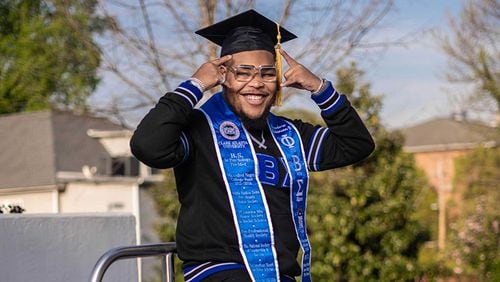Wouldn’t it be great if you could improve your physical abilities just by getting a hormone shot? That happened to the mice in a new study at the University of Southern California.
Humans express a powerful hormone during exercise, the researchers found, and treating mice with the hormone improves physical performance, capacity and fitness. The scientists say the findings present new possibilities for addressing age-related physical decline.
The study, published Wednesday in the journal Nature Communications, shows how the mitochondrial genome “encodes instructions for regulating physical capacity, performance and metabolism during aging” and might be able to increase a healthy lifespan.
“Mitochondria are known as the cell’s energy source, but they are also hubs that coordinate and fine-tune metabolism by actively communicating to the rest of the body,” Changhan David Lee, assistant professor at the USC Leonard Davis School of Gerontology and corresponding author of the study, said in a press release published on MedicalXpress.com. “As we age, that communication network seems to break down, but our study suggests you can restore that network or rejuvenate an older mouse so it is as fit as a younger one.”
The scientists looked at MOTS-c, which is a hormone known to mimic the effects of exercise. What makes MOTS-c is unique, they say, is it’s encoded in the small genome of mitochondria rather than the larger genome in a cell’s nucleus. This opens up a whole new genome to target for new interventions, Lee said.
The research team injected MOTS-c into mice of different ages: young (2 months), middle-aged (12 months) and old (22 months). Then they put the mice through their paces. When the mice were presented with physical challenges — including maintaining balance on a rotating rod and running on an accelerating treadmill — mice that received the MOTS-c treatment fared significantly better than untreated mice of the same age. This happened in every age group.
Even mice that had been fed a high-fat diet showed marked physical improvement after the treatment and less weight gain than untreated mice.
The scientists also found that the oldest mice, those nearing the end of their lives, showed improvement after being treated with MOTS-c. “This late-life treatment improved grip strength, gait (measured by stride length) and physical performance, which was assessed with a walking test (running was not possible at this age),” they wrote.
“The older mice were the human equivalent of 65 and above and once treated, they doubled their running capacity on the treadmill,” Lee said. “They were even able to outrun their middle-aged, untreated cohorts.”
The results from the study are extremely promising for future translation into humans, Lee said, especially considering the results were obtained even with treatment starting at older ages.
“Indicators of physical decline in humans, such as reduced stride length or walking capacity, are strongly linked to mortality and morbidity,” he said. “Interventions targeting age-related decline and frailty that are applied later in life would be more translationally feasible compared to lifelong treatments.”
About the Author






